The heart is a hollow organ that serves as a double pump and is located approximately in the center of the thoracic cavity. Its walls consist of muscular tissue called myocardium.
The pumping action of the heart causes blood to flow through the circulatory system, supplying oxygen and nutrients to the body tissue. Inside the heart a wall of tissue separates the heart into two sections of pumps: the “right heart” and the “left heart.”
Each side of the heart is made up of two hollow chambers: the upper chamber is the atrium, which receives blood; the lower chamber is the ventricle, which pumps blood from the heart. The cavities of the atrium and ventricle on each side of the heart communicate with each other, but the right chambers do not communicate directly with those on the left.
Thus, right and left atria and right and left ventricles are distinct. Blood flow is directed by a series of valves that have nothing to do with the initiation of flow. The driving force for blood comes from the active contraction of cardiac muscles.
The valves only prevent the blood from flowing in the opposite direction. Heart murmurs are caused by the backflow of blood through defective or diseased heart valves. A drop of blood that is in the right atrium is first pumped through a valve into the right ventricle.
The ventricle then pumps the droplet to the pulmonary arteries and lungs. In the lungs, the blood takes on oxygen and releases the waste product carbon dioxide. The oxygen-rich droplet is now ready to nourish cells of the body, but first it must return to the heart.
This time the droplet enters the pulmonary veins and goes into the left atrium. The atrium pumps it through a valve into the left ventricle. The left ventricle then pumps it out to the cells, tissues, and organs of the body.
Arteries are blood vessels that carry oxygen-rich blood from the heart to the tissues. As these vessels approach their targets, they progressively branch out, creating smaller arterioles. Actual exchange of oxygen, nutrients, and waste products between the blood and the tissues occurs through microscopic, thin-walled vessels that originate from the arterioles called capillaries.
Once this exchange has taken place, the capillary beds coalesce to form venules, which eventually empty into even larger veins. Blood is carried back to the heart via these veins. The walls of arteries are much thicker and more elastic than those of veins primarily to compensate for the increased blood pressure within the arterial system caused by the pumping heart.
Pets can suffer the same ill effects from high blood pressure as do humans. Although stress can cause the blood pressure to rise, some type of impedance to normal blood flow—such as heart failure, liver disease, and/or kidney disease—is the most common cause of its occurrence in animals.
Blood consists of a variety of cellular elements, including erythrocytes (red blood cells), which transport oxygen with the help of hemoglobin molecules contained within; leukocytes (white blood cells), which fight infections and foreign invaders; and tiny cell fragments called platelets, which initiate the blood clotting cascade.
Plasma is the noncellular portion of the blood. It consists of water, nutrients, waste products, and a wide variety of hormones, enzymes, and electrolytes. Plasma also contains three special plasma proteins: albumin, globulin, and fibrinogen.
Albumin is a transport protein that escorts large molecules, including some hormones, through the bloodstream. Globulins include antibodies formed by the immune system and certain proteins needed for normal blood clotting.
Fibrinogen is a plasma protein also involved in the body’s blood clotting scheme. Serum is plasma from which this clotting component has been removed. The lymphatic system is an entirely different type of circulatory system found within the body.
Lymphatic vessels that course throughout the body carry not blood, but a special substance called lymph, a plasma like substance derived from fluid and protein that normally leaves the bloodstream at the capillary level to enter the tissues.
Lymph components that are not used by the tissues enter the special lymphatic vessels, which carry them back into circulation. Lymph also contains fats absorbed from the small intestine.
Lymph nodes are special structures found all along the lymphatic chain that serve to filter bacteria and contaminates out of the lymph, while at the same time adding special immune cells called lymphocytes to the fluid for transport to the blood circulatory system.
In dogs and cats, edema,or fluid retention within the tissues, can be caused by parasites or tumors obstructing normal lymph flow through the lymphatic vessels.

